1. Paris, Texas
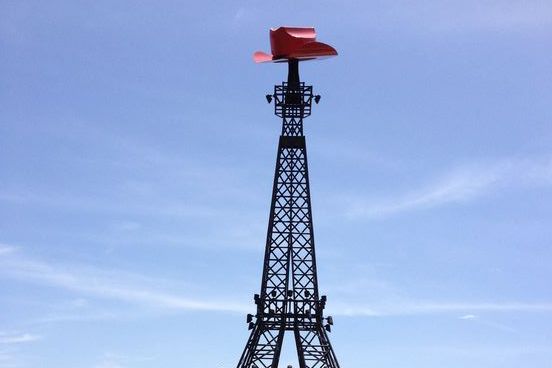
Paris, Texas may share its name with the City of Light, but the resemblance stops at its quirky Eiffel Tower replica, topped with a bright red cowboy hat, of course. This town in northeast Texas leans into cowboy culture rather than Parisian elegance, with rodeos, country fairs, and a community that celebrates small-town life. The Eiffel Tower copy stands as the town’s most photographed landmark, symbolizing the playful spirit of Texans putting their own twist on European grandeur. Instead of café-lined boulevards, visitors find barbecue joints, friendly locals, and a distinctly Southern atmosphere that feels worlds apart from France.
2. Cairo, Illinois

Cairo, Illinois, sits at the confluence of the Ohio and Mississippi Rivers, a spot once bustling with trade and riverboats. In the 19th century, it thrived as a commercial hub, with grand buildings and busy streets, but decades of economic decline and floods have left much of the town abandoned. Today, Cairo is best known for its eerie emptiness and faded glory, with historic architecture still standing in quiet testimony to its past. Locals pronounce it “KAY-ro,” not “KAI-ro” like Egypt’s capital, giving it a uniquely American identity despite its borrowed name.
3. Athens, Georgia
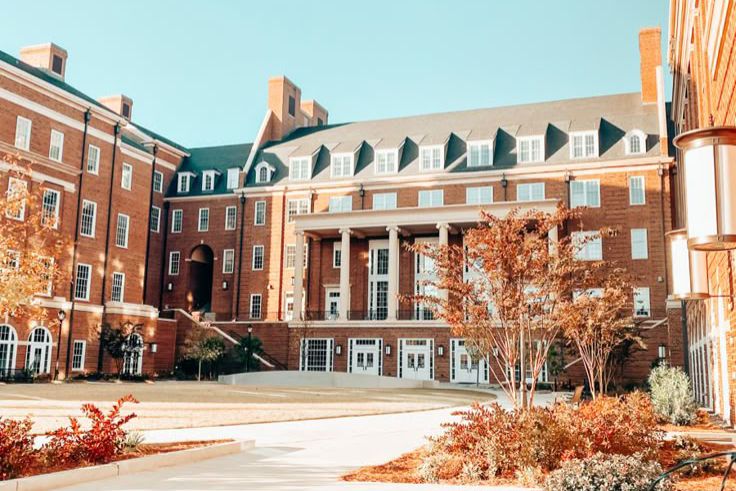
Athens, Georgia, doesn’t have ancient ruins or marble temples, but it has carved out its own reputation as a cultural gem. Home to the University of Georgia, the city thrives as a lively college town with a strong arts and music scene. It was the launching pad for bands like R.E.M. and the B-52s, giving it international recognition in music history. Beyond the nightlife and creative energy, Athens is also known for its historic Victorian homes and charming downtown. Instead of philosophers and statues, Athens offers Southern hospitality, football Saturdays, and a community that mixes tradition with youthful vibrancy.
4. Rome, New York
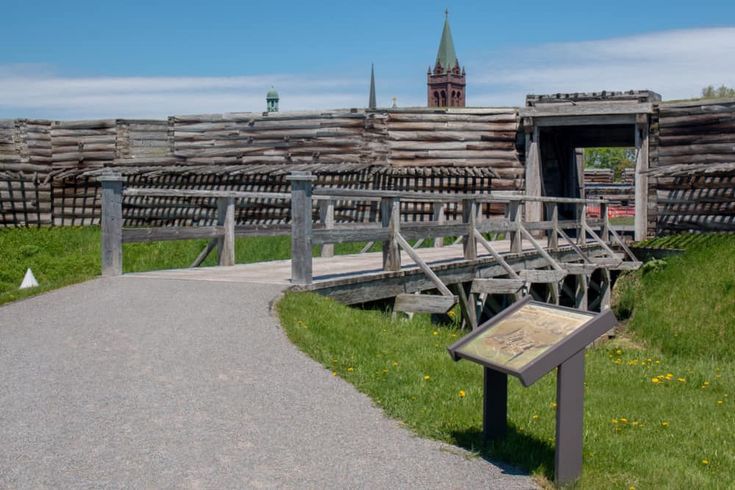
Rome, New York, sits in upstate New York and is more about history and snow than gladiators and Colosseums. The city is home to Fort Stanwix National Monument, a key Revolutionary War site where American forces defended against British troops. Its winters bring heavy snowfall, making it a destination for winter sports rather than Mediterranean strolls. Unlike its Italian namesake, Rome, New York, is a place where industrial history and military heritage play a larger role than art or cuisine. With museums, festivals, and a strong community feel, it reflects a very different kind of legacy while still carrying a world-famous name.
5. Dublin, Ohio
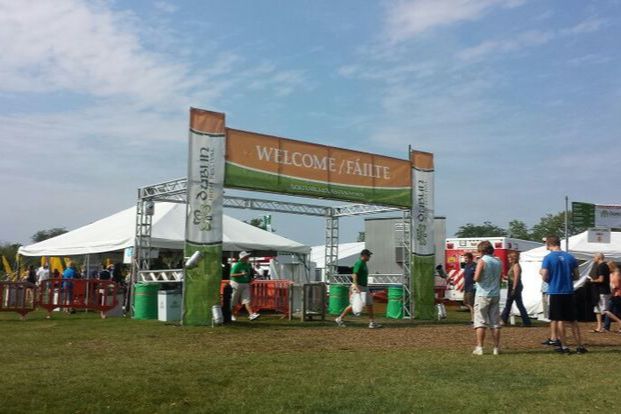
Dublin, Ohio, may not have Ireland’s rolling green hills, but it celebrates its heritage in a big way. Each summer, the city hosts one of the largest Irish festivals in the U.S., drawing thousands for music, dancing, and cultural events. Beyond the festival, Dublin has grown into a sprawling suburb of Columbus, known for its excellent schools, golf courses, and family-friendly neighborhoods. Sculptures and public art installations add charm to its parks and green spaces, while its downtown district offers a mix of shops and restaurants. Though its landscape is more manicured than mythic, Dublin proudly embraces its Irish-inspired identity.
6. Milan, Michigan
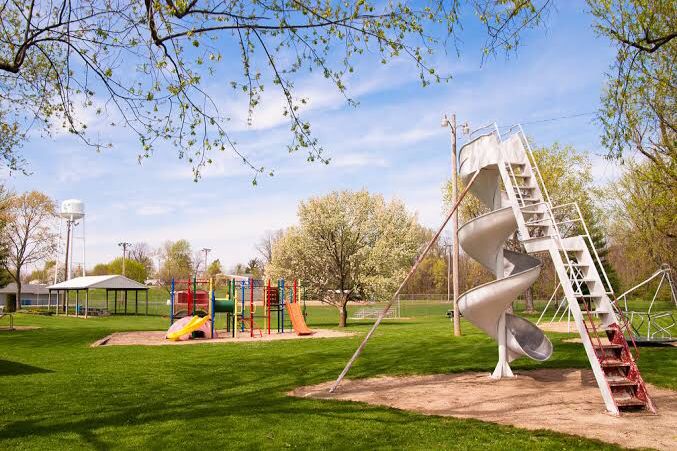
Milan, Michigan, pronounced “MY-lan”, shares its name with Italy’s fashion hub, but it trades catwalks for quiet, small-town charm. Founded in the 1830s and straddling two counties, it boasts a historic downtown listed on the National Register of Historic Places . Rather than designer boutiques, Milan offers plenty of inviting green spaces like Wilson Park and Draper-Houston Meadows, plus seasonal festivals, Bloom, Route 23 Arts & Music, and “Let’s Chill”, that bring the community together . It’s the kind of place where residents know each other and celebrate small-town life with genuine warmth and a touch of history.
7. Naples, Florida
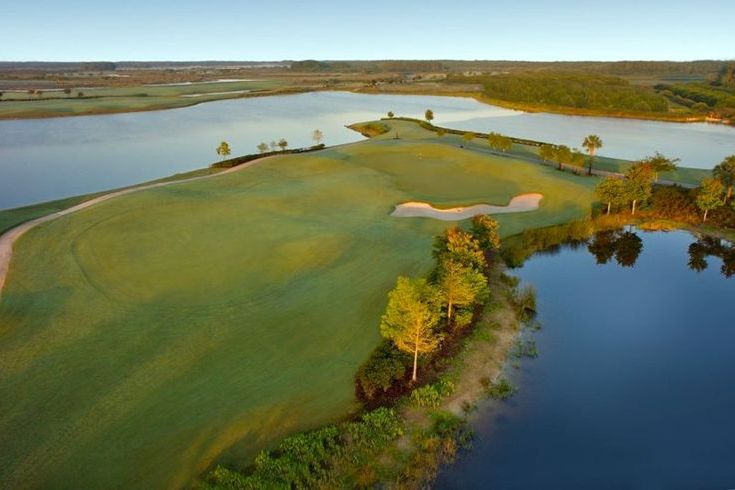
Naples, Florida, swaps the canals and centuries-old architecture of Italy’s namesake for sun-soaked luxury and leisure. Renowned for its golf courses, upscale real estate, and retired community, over half the population is aged 65 or older, and the average age hovers around 67, far older than Naples, Italy’s median of 47 . While both cities welcome foot traffic, Naples, FL spreads out in spacious residential zones, with nightlife mostly concentrated downtown, not the narrow, crowded piazzas of Europe . It’s a place where golf bags, not gondolas, set the tone.
8. Berlin, Connecticut
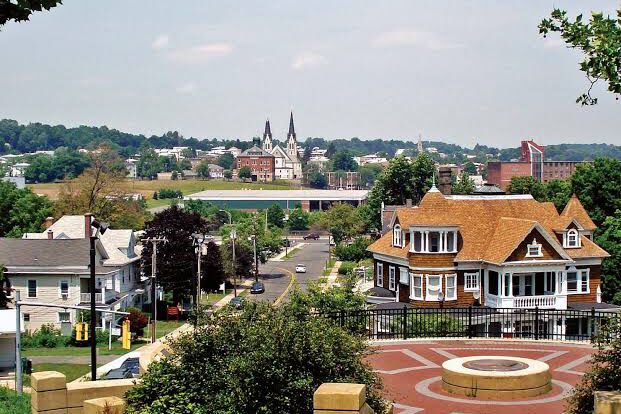
Berlin, Connecticut, may echo the German capital in name, but locals pronounce it “BER-lin,” and not by accident. Although the second-syllable stress is standard for the German city, Berlin, CT’s pronunciation, with emphasis on the first syllable, fits broader American speech patterns. A popular legend says the shift occurred during World War I, as residents distanced themselves from German associations, though the town had long pronounced it that way . Here, history and phonetics merged in a subtle yet telling twist.
9. Bagdad, Arizona
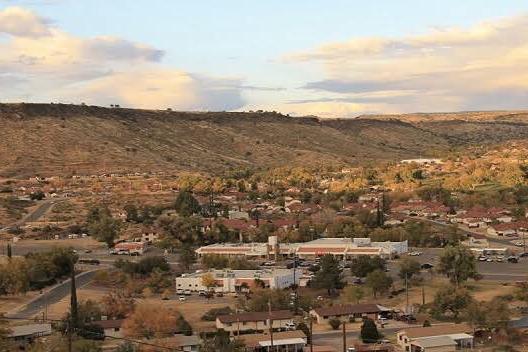
Bagdad, Arizona, spelled without the “h”, is a rugged copper mining town carved into the Sonoran Desert. It’s one of the few remaining company towns in the U.S., with housing and businesses owned by the mine operator . As for the name, folklore says it comes from a humorous mining-era moment: when the son, busy filling ore sacks, called out, “Bag, Dad!” . Others believe it invokes Baghdad’s image of wealth and grandeur, as a hopeful metaphor for the mining boom . Far from a capital city, Bagdad AZ is defined by dust, drills, and desert resilience.
10. Warsaw, Indiana
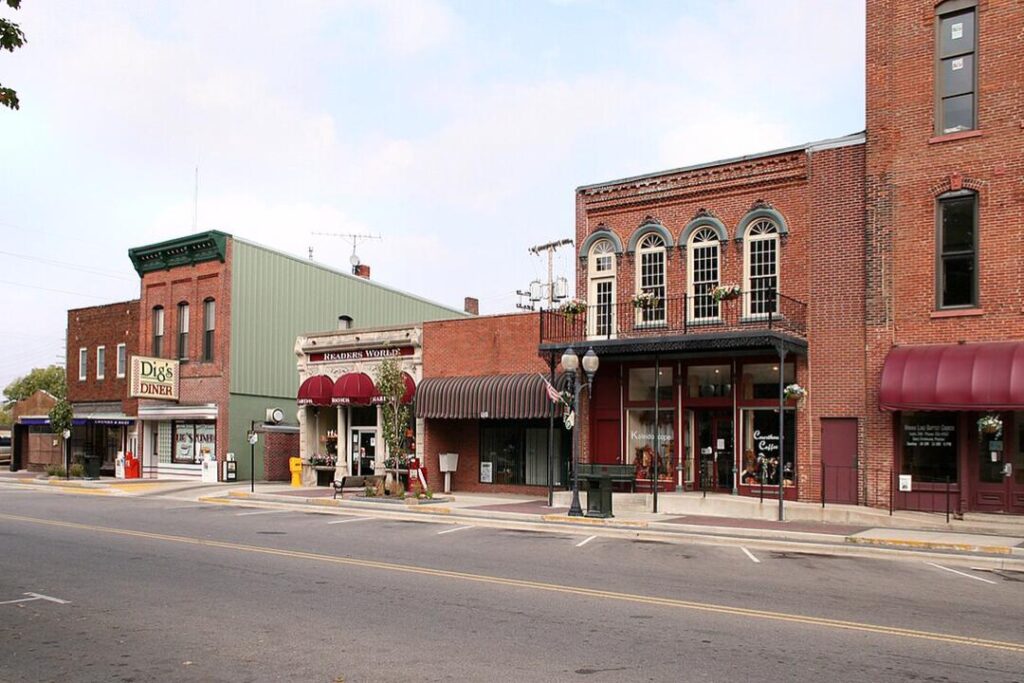
Named in tribute to Polish patriot Tadeusz Kościuszko, Warsaw, Indiana, doesn’t resemble Poland’s capital, aside from its name. Established in 1836, it served as a trading and transport hub, thanks to its strategic location in Indiana’s lake region and later, rail connections on the Pennsylvania Railroad . Today, it’s better known for manufacturing and recreation than resistance movements or medieval squares. Still, the name reflects a meaningful nod to heritage, woven into the fabric of Midwestern growth.
11. Verona, New Jersey
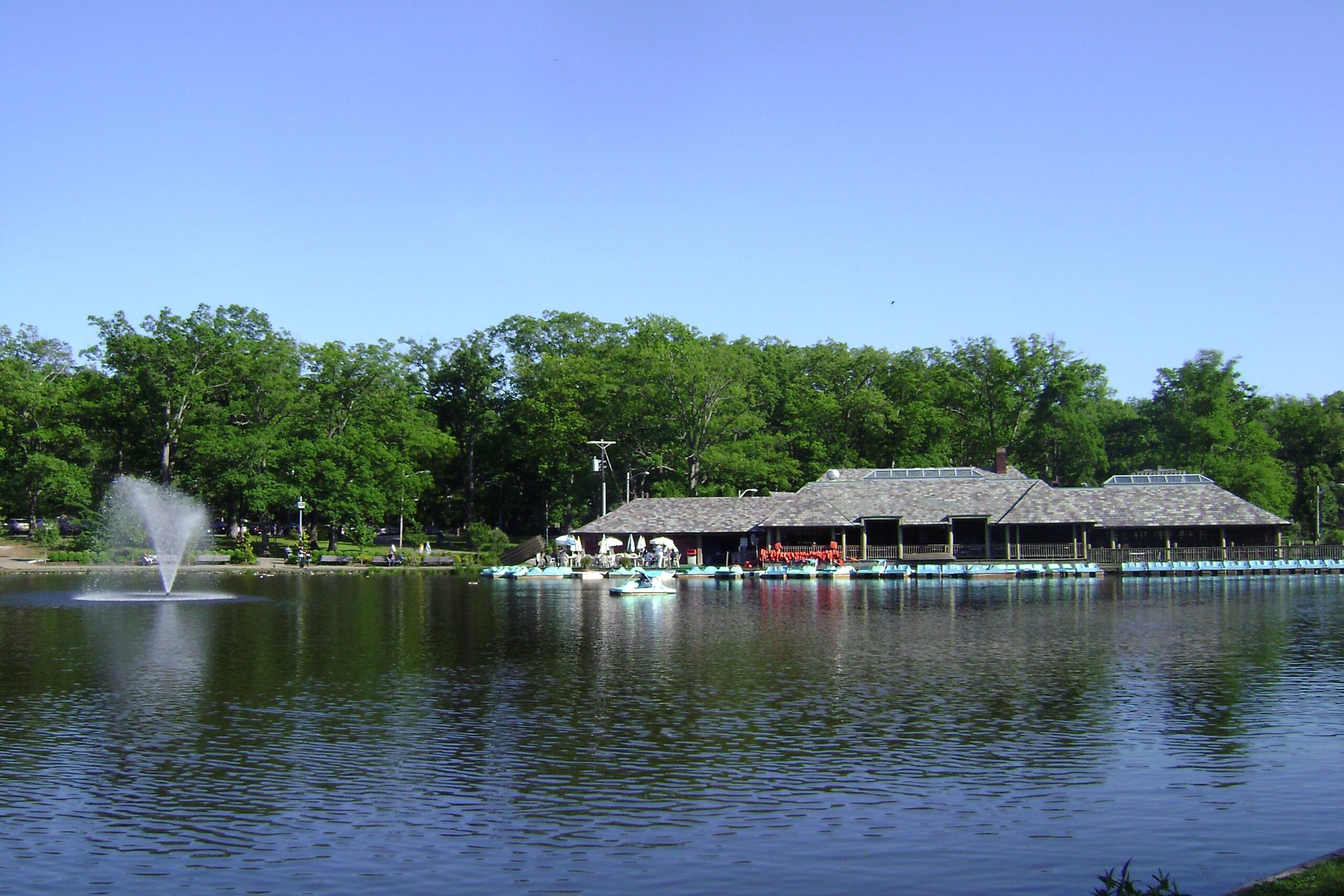
Verona, New Jersey may borrow its name from the Italian city famous for Romeo and Juliet, but you’ll find none of that drama here, just quiet residential life and scenic suburban charm. Originally part of the “Horseneck Tract,” a large stretch of land acquired in 1702, the area later became known as Caldwell and then Vernon Valley. When residents applied for a post office in the 19th century, “Vernon Valley” had already been claimed, so “Verona” was chosen instead, honoring the Italian namesake . Since its incorporation in the late 1800s and early 1900s, Verona evolved into a standout suburban community featuring Verona Park, a 54-acre green space with lakes, trails, and historic design by the Olmstead Brothers . Today, Verona is known for its excellent schools, family-friendly neighborhoods, and peaceful, small-town feel.
12. Lima, Ohio
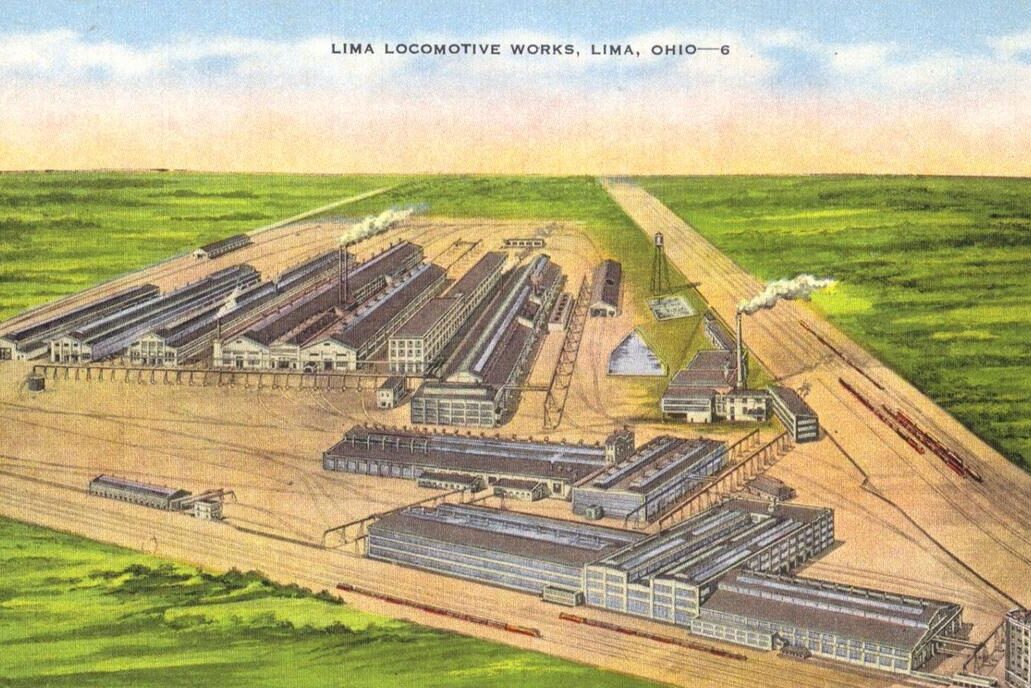
Despite sharing a name with Peru’s capital, Lima, Ohio, pronounced “LIE-ma”, feels anything but exotic. The city was established in the early 1800s as the seat of Allen County and named after Lima, Peru, reputedly because quinine (an anti-malaria drug sourced from Peru) was in demand in the region’s swampy terrain . Over time, Lima developed into an industrial and transport hub, home to the Lima Machine Works and later Lima Locomotive Works, which built Shay-geared steam engines and even wartime machinery . Locals still uphold the “LIE-ma” pronunciation, even if GPS voices and tourists default to “LEE-ma.”
This story 12 American Towns Named After Famous Cities, But Are Nothing Like the Originals was first published on Daily FETCH


